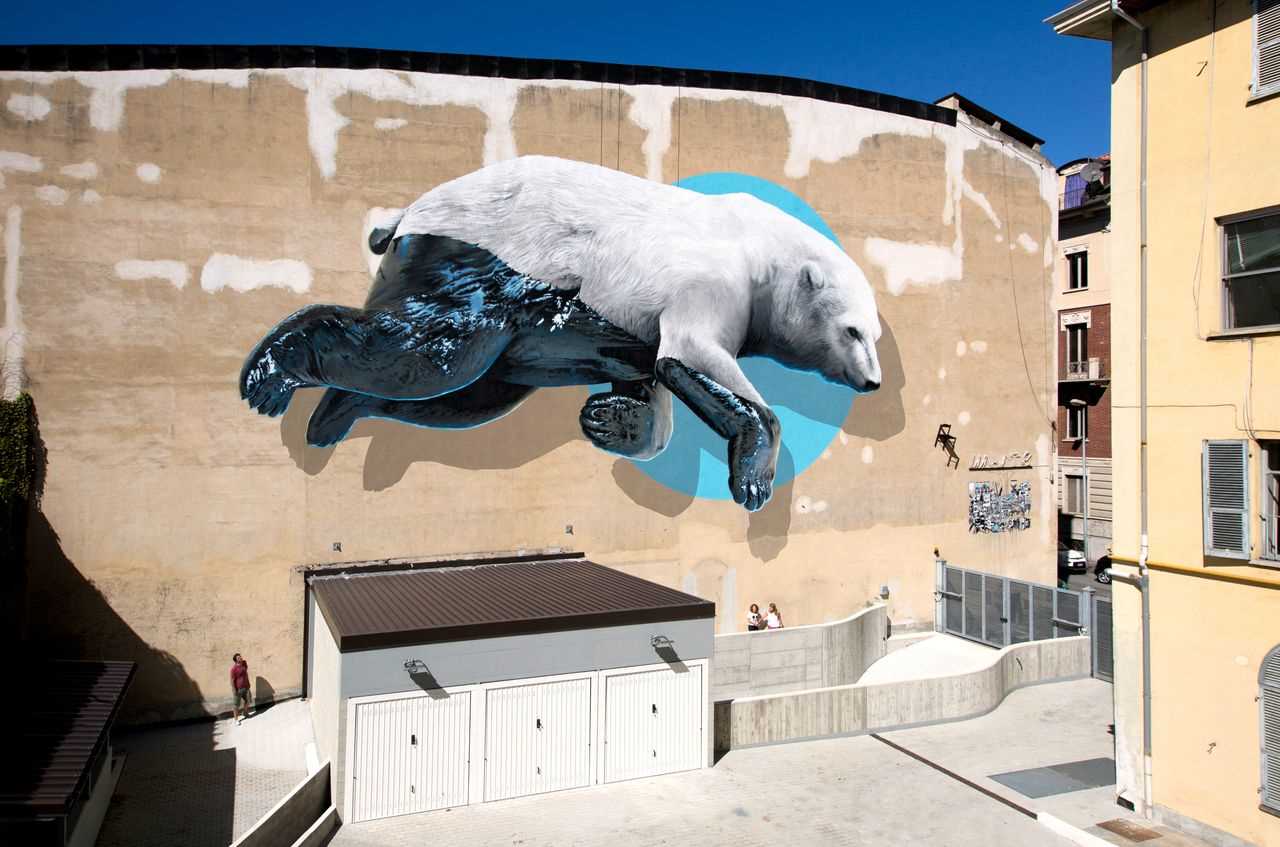
Italy is known for its rich history, stunning architecture, and mouthwatering cuisine. However, there is another aspect of the country’s culture that often goes unnoticed – its vibrant street art scene. From the cobblestone streets of Rome to the narrow alleyways of Naples, Italy’s urban landscape is an ever-changing canvas for artistic expression.
Street art has long been a part of Italian culture, with a lineage that can be traced back to ancient Roman graffiti. Nowadays, however, it has evolved into something much more than just illicit spray-painted tags. Today, Italian street artists are using the walls of the cities as a means of telling stories, sparking conversations, and challenging societal norms.
The streets of Italy are adorned with a kaleidoscope of colors, bold murals, and thought-provoking images. From political statements to abstract designs, each piece of street art has a unique message to convey. Artists like Banksy have even left their mark on Italian cities, leaving behind iconic pieces that have captivated both locals and tourists alike.
In addition to the art itself, the location of these street murals adds another layer of interest. Many artists choose to paint their masterpieces in abandoned buildings, hidden corners, or neglected spaces. By transforming these forgotten areas into works of art, they breathe new life into the urban landscape, creating an open-air museum for everyone to enjoy.
Street art in Italy is more than just graffiti; it is a cultural phenomenon that reflects the spirit of the people and the challenges they face. It is a platform for social commentary, a celebration of diversity, and a reminder that beauty can be found in the most unexpected places. So, the next time you stroll through the streets of Italy, take a moment to appreciate the vibrant canvas that surrounds you.
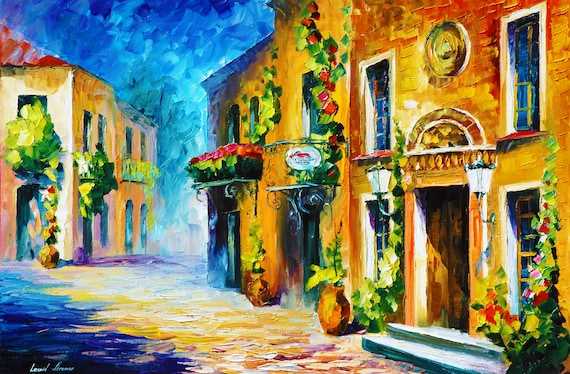
Murals have become an integral part of the urban landscape in Italy, adding vibrant color and captivating stories to the streets. These large-scale artworks have the power to transform mundane walls into captivating visual narratives, breathing new life into the city streets.
Street artists in Italy use murals as a means of self-expression, showcasing their creativity and talent to a wide audience. Each mural tells a unique story, reflecting the artist’s perspective on various social, political, or cultural issues. These artworks often serve as a platform for thought-provoking messages and commentary on society.
One of the most exciting aspects of mural art is its ability to engage and interact with the community. Murals often depict local landmarks, historical events, or cultural icons, creating a sense of pride and identity among the residents. These larger-than-life artworks invite people to stop, admire, and contemplate, bringing communities together and fostering a sense of belonging.
In addition to their aesthetic appeal, murals also serve practical purposes. They can transform neglected and forgotten areas into visually stimulating spaces, discouraging vandalism and promoting a sense of ownership among the neighborhood. Furthermore, these vibrant artworks have the potential to boost tourism and attract visitors who are drawn in by the allure of street art.
As the street art scene continues to thrive in Italy, murals have become an integral part of the country’s cultural fabric. They contribute to the visual identity of the cities, offering a canvas for artists to share their stories and leave a lasting impression on both locals and visitors alike. The dynamic nature of murals ensures that the urban landscapes are constantly evolving, making every visit a unique experience.
Stencil Graffiti: A Unique Expression of Art and Activism
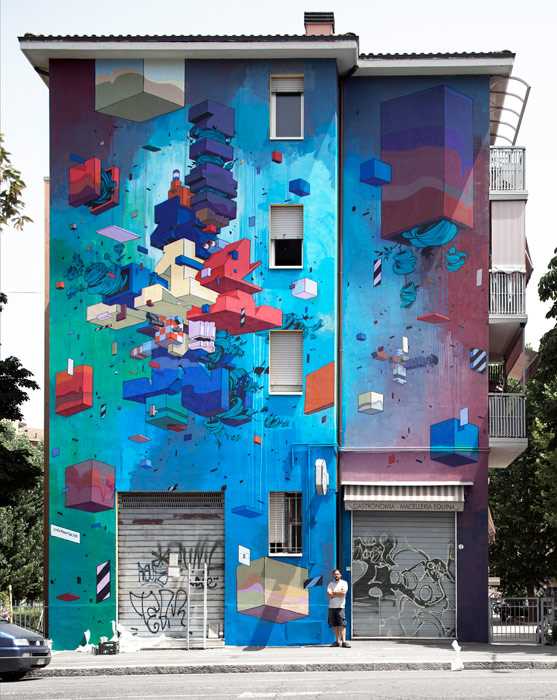
Stencil graffiti is a form of street art that has gained popularity in recent years for its unique combination of art and activism. This art form involves creating stencils from various materials and using them to spray paint images or words onto public surfaces such as walls and sidewalks.
What sets stencil graffiti apart from other forms of street art is its ability to quickly and easily reproduce images and messages. Artists use stencils to create intricate and detailed designs that can be quickly applied to multiple locations, allowing their art to reach a wider audience. This technique also allows for easy replication, making it an effective form of activism.
Stencil graffiti has been used as a powerful tool for social and political commentary. Artists often use this medium to express their opinions on issues such as inequality, environmental concerns, and human rights. By creating bold and thought-provoking images, they are able to engage viewers and raise awareness about important topics.
One of the most notable examples of stencil graffiti as activism is the work of the anonymous artist Banksy. Banksy’s stencil graffiti has appeared in cities around the world, and his pieces often challenge societal norms and political systems. His art has become a symbol of resistance and has sparked conversations about topics such as capitalism, consumerism, and government surveillance.
Not only is stencil graffiti a powerful form of activism, but it is also a unique and visually striking art form. Artists are able to create intricate designs and use a variety of colors to bring their images to life. Many stencil graffiti pieces have a sense of depth and movement, capturing the attention of passersby and creating a visual impact.
Overall, stencil graffiti is a unique expression of art and activism that has become an important part of the street art scene in Italy and around the world. Through its ability to reproduce images and convey powerful messages, stencil graffiti has the power to inspire change and spark important conversations.
Tagging: Exploring the Subversive Beauty of Spray Paint
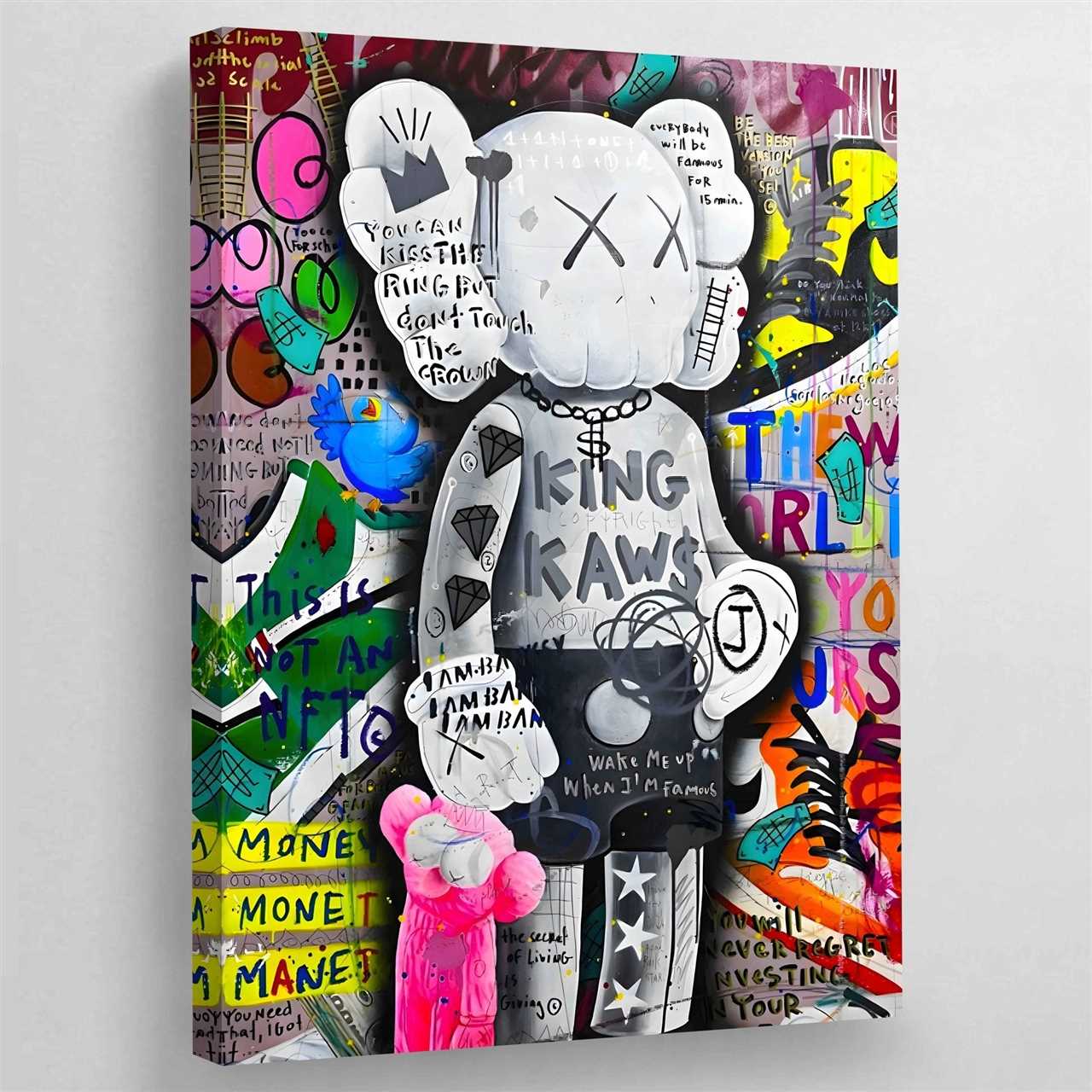
Street art is a diverse and ever-evolving form of artistic expression that has gained significant popularity in recent years. One of the most prevalent and controversial aspects of street art is tagging, which has come to be associated with the subversive and rebellious nature of the movement.
Tagging involves the use of spray paint to create elaborate and intricate designs or signatures on public spaces. It is often seen as an act of defiance against authority and the societal norms that dictate how art should be created and appreciated.
While some may view tagging as vandalism or a form of graffiti, others see it as a valid and powerful form of self-expression. In many cases, tagged walls or buildings become vibrant urban canvases, adding a layer of character and energy to the cityscape.
Tagging is an art form that is deeply rooted in the history of street culture. It has its origins in the hip-hop and graffiti movements of the 1970s and 1980s, where spray paint became the medium of choice for many artists seeking to make their mark on the urban environment.
The Subversive Nature of Tagging
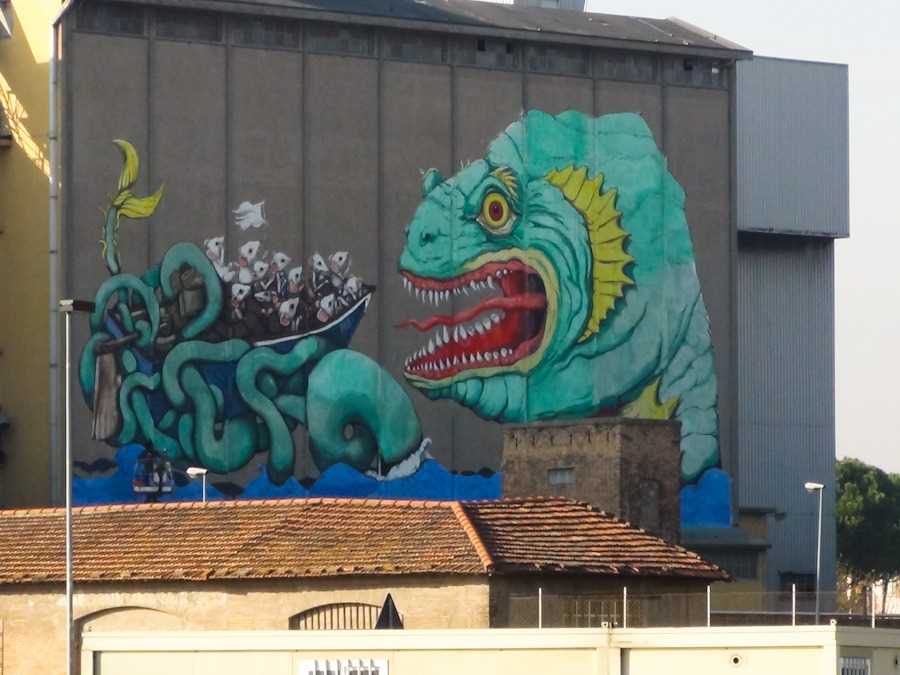
Tagging is often associated with subversion and rebellion because it challenges traditional notions of art and ownership. By tagging public spaces, artists are reclaiming the urban landscape and using it as a canvas to express their creativity and individuality.
In addition to its subversive nature, tagging also has a transformative effect on the urban environment. Walls and buildings that have been tagged become dynamic and ever-changing, reflecting the energy and spirit of the community.
Appreciating the Beauty of Tagging
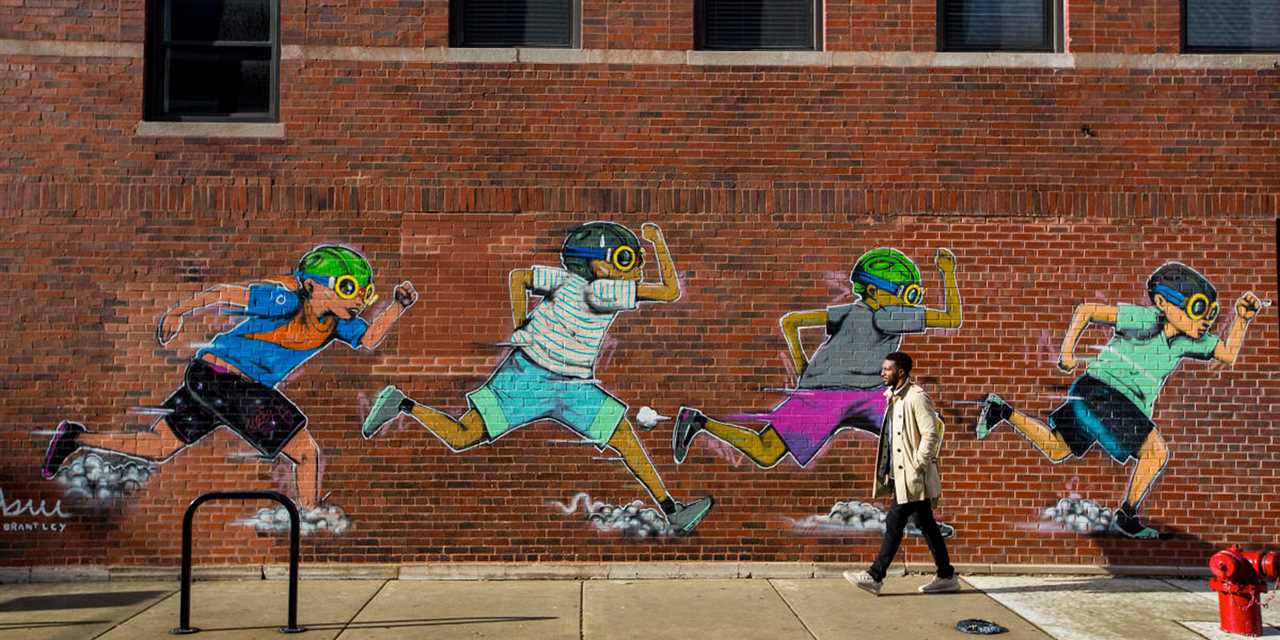
While tagging may be seen as controversial, it is important to recognize the beauty and skill that goes into creating these intricate designs. The use of vibrant colors, intricate patterns, and clever compositions all contribute to the visual impact of tagging.
Moreover, tagging adds a unique and unmistakable character to the streetscape. It transforms otherwise nondescript walls or buildings into works of art that engage and inspire passersby.
The Rise of Street Art in Italy: From Vandalism to Cultural Movement
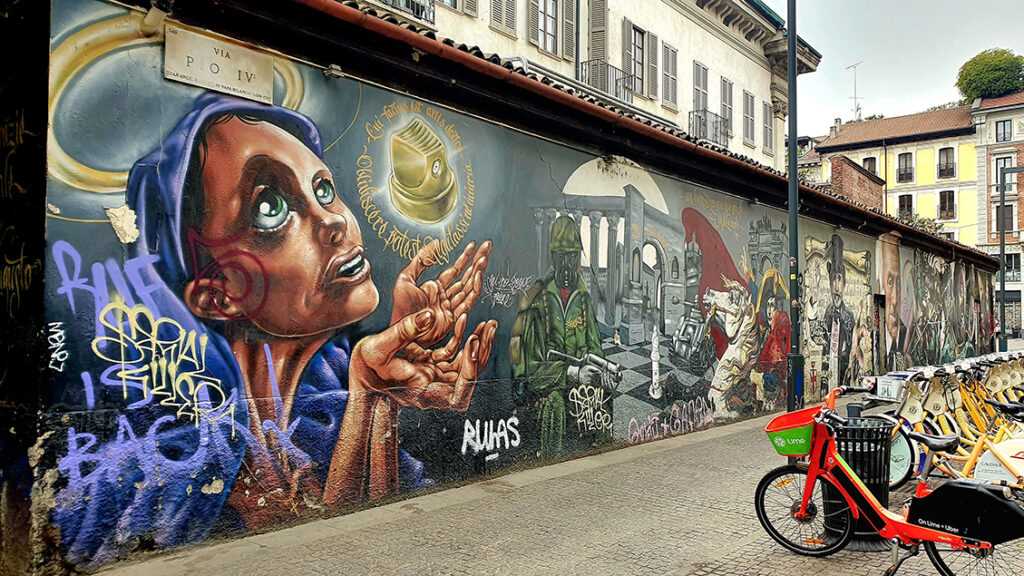
Italy, known for its rich history and cultural heritage, has also emerged as a vibrant hub for street art in recent years. What was once seen as mere vandalism has transformed into a powerful cultural movement that celebrates creativity and challenges the boundaries of traditional art forms.
Street art in Italy has its roots in the underground graffiti scene that flourished in the 1980s. Initially, it was viewed as illegal and a sign of urban decay. However, as the movement gained traction, artists began to use their skills to create thought-provoking and visually stunning works of art that captured the attention of both locals and tourists.
Today, cities like Rome, Milan, and Florence are adorned with colorful murals, stencils, and installations that reflect the diversity and creativity of the artists. From political statements to abstract expressions, street art has become a way for individuals to voice their opinions and explore new artistic frontiers.
One of the contributing factors to the rise of street art in Italy is the increasing acceptance and support from the local communities and authorities. While some may still view it as unauthorized, many cities have embraced street art and allocated designated areas where artists can freely express themselves. These legal graffiti zones have not only provided a platform for artistic expression but have also helped to reduce illegal tagging in other parts of the cities.
Street art in Italy has also gained recognition and respect from the art world. Numerous exhibitions and festivals are dedicated to showcasing the talent and creativity of street artists, elevating their work to the level of contemporary art. This recognition has allowed street artists to collaborate with galleries, museums, and even fashion brands, bridging the gap between street art and high art.

I am a mural enthusiast and a fervent admirer of street art. Rather than creating murals myself, I am passionate about collecting them. My love for street art knows no bounds. I am dedicated to curating and cherishing these artworks that grace the streets. My collection stands as a testament to my profound appreciation for this form of artistic expression.
read about me



